It has become somewhat cliché to describe India as "an assault on the senses", but there's no disputing that Indian cities are an intense experience from vivid colors of the women’s saris to the vehicle exhaust fumes that irritate your throat, from the beggar children tugging at your clothes to the crush of crowds in the markets, from the stench of the cow dung on city streets to the decibel level of vehicles constantly blowing their horns. Varanasi may be India at its most extreme.
Considered to be one of the world’s oldest continuously inhabited cities, Varanasi is also the holiest of Hinduism seven holy cities in northern India
. To a Hindu pilgrim Varanasi offers the opportunity to cleanse away a lifetime of sins by bathing in the sacred Ganges River. And to die in Varanasi offers Moksha, the chance end the long cycle of earthly reincarnations and enter into Nirvana.
To a non-Hindu foreign tourist like myself this UNESCO World Heritage site’s appeal is that it is incredibly colorful and just plain weird. Most of the sacred activity takes place along the ghats, the series of steps and platforms leading down to the Ganges that stretch for several miles along the river. Most of the ghats are used for ritual bathing, worship, and ceremonial activities, but the purpose of others is cremation of the dead and disposal of ones ashes into the holy river. We were able to witness some of these spectacles on a sunrise row boat ride on the Ganges, a virtual voyeuristic journey into the most private moments of life and devotion on the river of sadhus (ascetic holy men), mourners, prayers, and ritual bathers
. Although the burning ghats were in business in the early morning, evening is the primary time for cremation ceremonies. From the river Varanasi is also a unique and colorful cityscape of temple spires and old palaces. I was somehow expecting a more frenetic level activity down by the riverside, though, but the famous scenes of massive numbers of bathers descending on the river are likely on specific religious celebration days.
The ritual bathing in the river is enchanting until you start to think about the industrial effluents, chemical and natural fertilizers, ashes of the cremated, and raw sewage of hundreds of millions all making its way past Varanasi in the Ganges. And those who are considered pure at death, children and virgins, are sometimes only wrapped in a shroud and dropped in the river instead of being cremated. Although the river was not notably smelly, reports are that fecal chloroform bacteria in the river sometimes reaches 100 times the maximum Indian standard
. Eeeeeew!
There are, surprisingly, not too many significant sights in Varanasi beyond the riverfront. After our dawn cruise we returned to our tuk-tuks to visit the Shri Vishwanath Temple and the so-called Mother India Temple (a non-religious temple containing a massive three-dimensional topographical map of India, and a silk factory tour which was supposed to include visits to workshops and explanations of processes. However, the silk works are located in a Muslim neighborhood so everyone was out at the mosque for Friday prayers. Yes, there is a substantial Muslim population, many mosques, and even a McDonald’s in Hiinduism’s holiest city. So the silk tour ended up being mostly a visit to showroom followed by a hard sales pitch.
Our very nice hotel in Varanasi was quite far from the action along the riverbank which resulted in a lot of time in traffic in the tuk-tuks Dragoman hired for our use around town for the day. India must be the world’s horniest country, by which I mean honking of the automotive sort rather than the sexual meaning of the word, contributing to an almost painful urban decibel level
. Drivers honk for everything and and blow of the horn could mean “I’m about to overtake you” or “Stay to your left” or “Go ahead” or “I’m coming through” or “You’re getting too close”. The honks all pretty much sound the same, so the point is just to constantly be alert to everything that’s honking at you, including if you’re a pedestrian trying to weave your way through the constant stream of cars, buses, tuk-tuks, pedicabs, and bicycles in Indian cities. Amidst all the chaos in Varanasi there are also cows and dogs walking through (or in many cases sleeping in) the traffic with vehicles swerving around them leaving them undisturbed. So what do all those sacred cows wandering around the urban landscape eat? They seem to graze on the trash but how much nutrition can the herd of large mammals extract from household waste dumped in the gutter? This all sometimes left me wanting to nickname Varanasi as Verynasty.
We returned to the ghats for the evening puja ceremonies during which I finally got a full feeling of the spirituality of the people visiting the city. Overall Varanasi was a somewhat shocking introduction to India, a scene of the great religious devotion India is famous for but also of squalor and chaos most people in America and Europe would find hard to imagine. Varanasi has the reputation for being India at its most extreme, so I know not to let it prejudice my expectations for what lies ahead.
Varanasi - Hinduism's Holiest City
Friday, December 13, 2013
 Varanasi, Uttar Pradesh, India
Varanasi, Uttar Pradesh, India
Other Entries
-
1On the Road Again in Asia 2013-14
Dec 0112 days prior Kathmandu, Nepalphoto_camera1videocam 0comment 2
Kathmandu, Nepalphoto_camera1videocam 0comment 2 -
2Kathmandu - Capital of Nepal
Dec 0211 days prior Kathmandu, Nepalphoto_camera90videocam 0comment 1
Kathmandu, Nepalphoto_camera90videocam 0comment 1 -
3Patan - Capital of an Old Newari Kingdom
Dec 0310 days prior Patan (Lalitpur), Nepalphoto_camera63videocam 0comment 0
Patan (Lalitpur), Nepalphoto_camera63videocam 0comment 0 -
4Bhaktapur - Nepal's Medieval Hill City
Dec 049 days prior Bhaktapur, Nepalphoto_camera65videocam 0comment 0
Bhaktapur, Nepalphoto_camera65videocam 0comment 0 -
5Pashupatinath - Nepal's Holiest Hindu Site
Dec 058 days prior Kathmandu, Nepalphoto_camera51videocam 0comment 0
Kathmandu, Nepalphoto_camera51videocam 0comment 0 -
6Bodhnath - Biggest Buddhist Stupa in Asia
Dec 067 days prior Kathmandu, Nepalphoto_camera57videocam 0comment 0
Kathmandu, Nepalphoto_camera57videocam 0comment 0 -
7Swayambunath - The Mountaintop Monkey Temple
Dec 076 days prior Kathmandu, Nepalphoto_camera47videocam 0comment 2
Kathmandu, Nepalphoto_camera47videocam 0comment 2 -
8Chitwan National Park - Land of the Indian Rhino
Dec 103 days prior Sauraha, Nepalphoto_camera53videocam 0comment 0
Sauraha, Nepalphoto_camera53videocam 0comment 0 -
9Uttar Pradesh - Intro to India
Dec 121 day prior Gorakhpur, Indiaphoto_camera18videocam 0comment 0
Gorakhpur, Indiaphoto_camera18videocam 0comment 0 -
10Varanasi - Hinduism's Holiest City
Dec 13 Varanasi, Indiaphoto_camera99videocam 0comment 0
Varanasi, Indiaphoto_camera99videocam 0comment 0 -
11Bandhavgarh National Park - The Search for Tigers
Dec 152 days later Tala, Indiaphoto_camera31videocam 0comment 0
Tala, Indiaphoto_camera31videocam 0comment 0 -
12Khajuraho - Thousand Year Old Temple Erotica
Dec 174 days later Khajuraho, Indiaphoto_camera99videocam 0comment 0
Khajuraho, Indiaphoto_camera99videocam 0comment 0 -
13Agra - Capital of the Mughal Empire
Dec 196 days later Agra, Indiaphoto_camera134videocam 0comment 2
Agra, Indiaphoto_camera134videocam 0comment 2 -
14Fathepur Sikri - Akbar The Great's New City
Dec 207 days later Fatehpur Sikri, Indiaphoto_camera55videocam 0comment 0
Fatehpur Sikri, Indiaphoto_camera55videocam 0comment 0 -
15Jaipur - The Pink City of Rajasthan
Dec 218 days later Jaipur, Indiaphoto_camera97videocam 0comment 0
Jaipur, Indiaphoto_camera97videocam 0comment 0 -
16Delhi - World Capital of Chaos
Dec 2310 days later Delhi, Indiaphoto_camera66videocam 0comment 0
Delhi, Indiaphoto_camera66videocam 0comment 0 -
17Bikaner - Holy Rats of Rajasthan
Dec 2512 days later Bikaner, Indiaphoto_camera62videocam 0comment 0
Bikaner, Indiaphoto_camera62videocam 0comment 0 -
18Jaisalmer - Dreamy Desert Fortress City
Dec 2613 days later Jaisalmer, Indiaphoto_camera88videocam 0comment 0
Jaisalmer, Indiaphoto_camera88videocam 0comment 0 -
19Thar Desert Camel Trek
Dec 2714 days later Muhār, Indiaphoto_camera28videocam 0comment 0
Muhār, Indiaphoto_camera28videocam 0comment 0 -
20Jodhpur - Mountaintop Merangarh Fortress
Dec 2916 days later Jodhpur, Indiaphoto_camera73videocam 0comment 0
Jodhpur, Indiaphoto_camera73videocam 0comment 0 -
21Pushkar - Holy City of God Brahma
Dec 3017 days later Pushkar, Indiaphoto_camera35videocam 0comment 0
Pushkar, Indiaphoto_camera35videocam 0comment 0 -
22Udaipur - Romantic Lakeside Palaces
Jan 0119 days later Udaipur, Indiaphoto_camera68videocam 0comment 0
Udaipur, Indiaphoto_camera68videocam 0comment 0 -
23Mandu - Afghan Hilltop Ruins
Jan 0321 days later Mandu, Indiaphoto_camera59videocam 0comment 0
Mandu, Indiaphoto_camera59videocam 0comment 0 -
24Ajanta Caves - Incredible Buddhist Rock Temples
Jan 0422 days later Ajanta, Indiaphoto_camera37videocam 0comment 0
Ajanta, Indiaphoto_camera37videocam 0comment 0 -
25Ellora Caves - Specatacular Temples Carved of Rock
Jan 0523 days later Ellora, Indiaphoto_camera36videocam 0comment 0
Ellora, Indiaphoto_camera36videocam 0comment 0 -
26Mumbai - India's Biggest Most Cosmopolitan City
Jan 0725 days later Mumbai (Bombay), Indiaphoto_camera69videocam 0comment 0
Mumbai (Bombay), Indiaphoto_camera69videocam 0comment 0 -
27Vagator - Chilled North Goa Beaches
Jan 0927 days later Vagator, Indiaphoto_camera30videocam 0comment 0
Vagator, Indiaphoto_camera30videocam 0comment 0 -
28Old Goa - Portugal's Former Indian Colonial Capita
Jan 1028 days later Panjim, Indiaphoto_camera47videocam 0comment 0
Panjim, Indiaphoto_camera47videocam 0comment 0

 Varanasi, Uttar Pradesh, India
Varanasi, Uttar Pradesh, India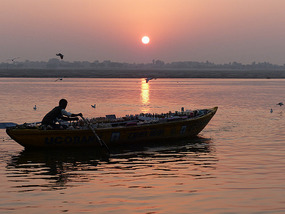
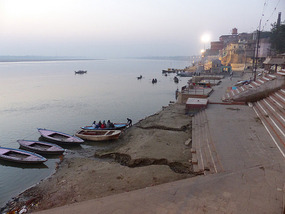

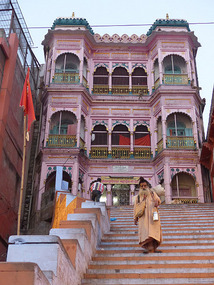


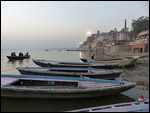
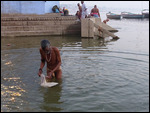
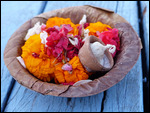
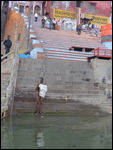

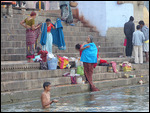
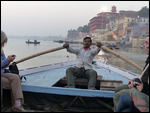
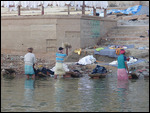

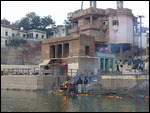
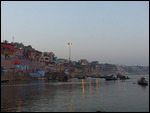
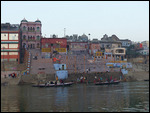
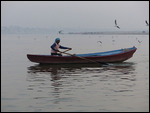
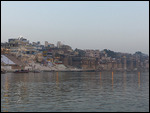
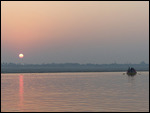
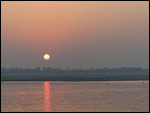
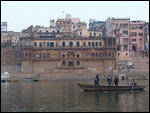
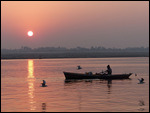
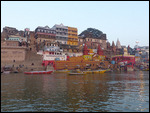
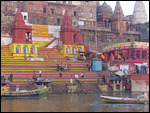
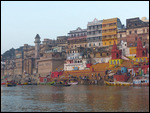

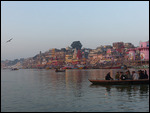

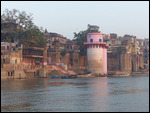
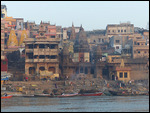
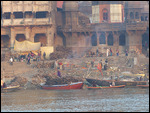
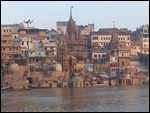
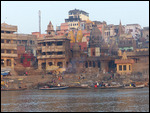
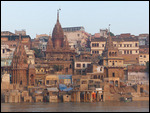
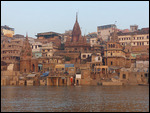
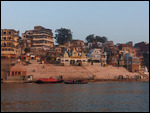
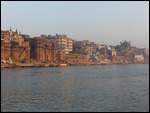

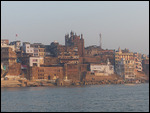
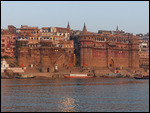

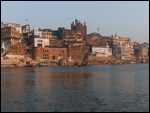
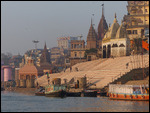
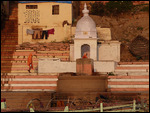
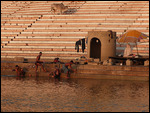
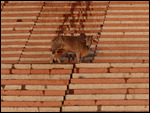
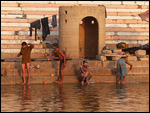

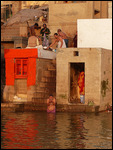
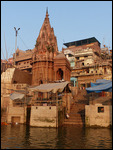

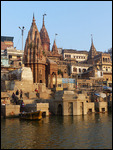
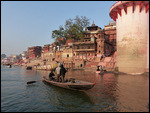
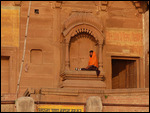
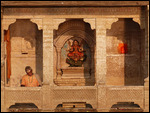
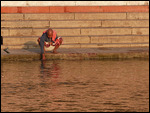
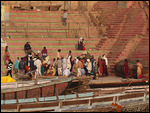

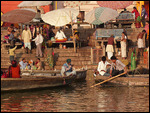
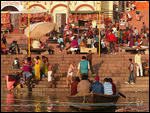
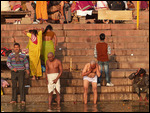
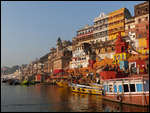
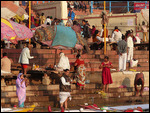
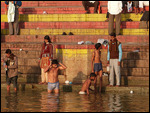

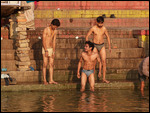

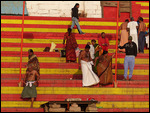
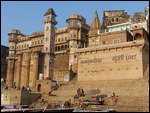
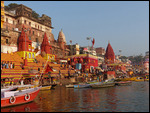
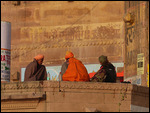
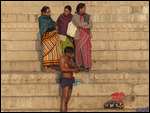
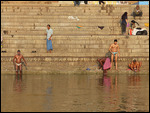
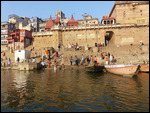
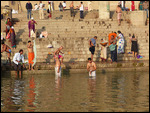
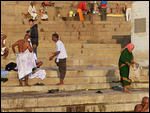
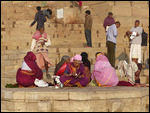
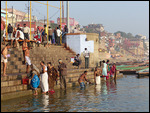
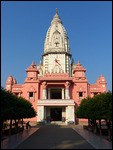
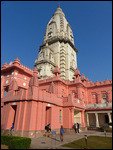
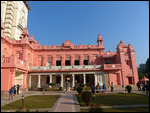
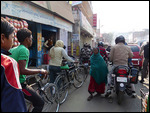
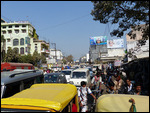
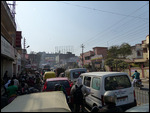
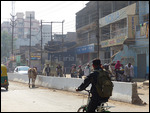
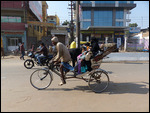

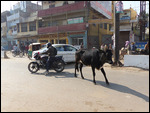
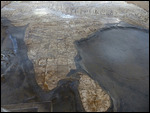
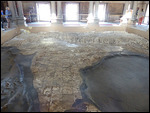
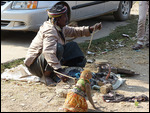
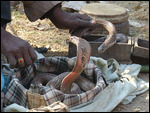

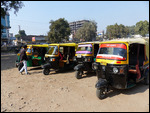
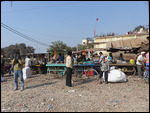
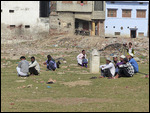
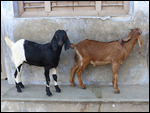
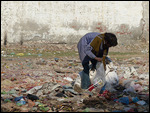
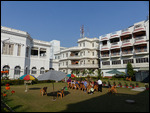
2025-05-23